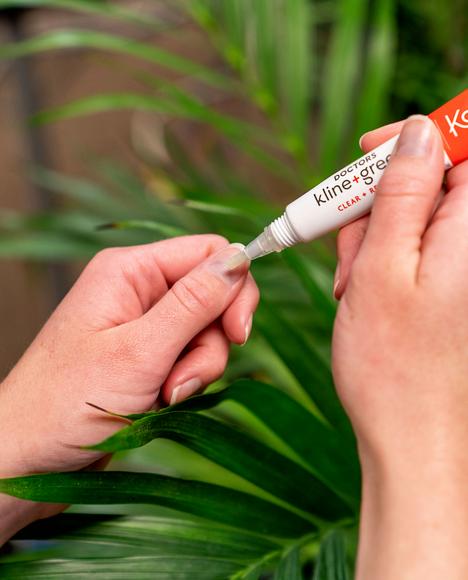How To Prevent Toenail Fungus
No one wants to experience toenail fungus (also called onychomycosis). However, it is relatively...
Self-destructive habits can have the most damage not only to our self-esteem and self-image but also to our physical health. While it is not considered self-harm, “onychophagia” is the medical term for nail biting, a mental disorder that is most closely associated with anxiety disorders, obsessive compulsive disorder (OCD) and stress.
Approximately 20-30% of the general population suffers from onychophagia (3). In a recent study, children with nail-biting disorder were found to possess lowered sociability, leading to increased emotional problems, and they often had a neglectful family background during their earlier years (1). While nail-biting is most commonly seen in children, onychophagia can appear in adolescents and even young adults due to a developed nervous tic (2). Moreover, nail-biting is also associated with comorbid disorders (e.g., OCD, anxiety disorder, and stress triggers), which are interactions among different disorders within the same individual (1). It is classified within the DSM-IV under “Other Specified Obsessive-Compulsive and Related Disorder” and is considered a body-focused repetitive behavior (BFRB) (3).
Onychophagia works through feelings of anxiety or stress that cause the individual to bite their nails, inducing a feeling of relief and pleasure shortly afterwards. This habit not only destroys the cosmetic appearance of your nail cuticles, but can result in medical nail conditions, such as onychomycosis, which is a fungal infection of the nail, and paronychia, which is a fungal or bacterial infection of the skin around the nail. Surprisingly, onychophagia actually stimulates nail growth by 20% due to greater circulation around the nail root. However, this small benefit is not worth the disastrous long-term effects of onychophagia.
After some time, dental issues appear, such as malpositioning of the teeth, or a loss of tooth structure from chronic inflammation and repetitive forces (2). Methods of treating onychophagia mainly include distraction, such as engaging in manual activities involving the hands. These activities can involve anything from arts and crafts to musical instruments or outdoor activities. Substitutes for the nails can be used, such as chewing gum or rubber guards (2). Distraction and substitutes can also resist the temptation to engage in other co-occurring repetitive behaviors, such as trichotillomania (hair pulling), excoriation (skin picking), and bruxism (teeth grinding or clenching).
Our nails are made out of keratin layers, the same substance that makes up animal horns and hooves. So while they are sturdy, they cannot withstand repetitive damage from chronic nail-biting on a long-term basis. Habit reversal is key overall, overcoming repetitive behaviors and bad habits such as chronic nail biting can also aid your health. Overall, when mental health and nail health coincide, keeping your nails short and healthy and lowering stress levels is the most simplistic way to look after your mind and your nails. Nail health is also key if you want to use nail polish for a manicure for example.
Improve nail health with Clear + Restore

Find out more about nail health and nail health tips from our blog.
References: 1. Ghanizadeh, A. & Shekoohi, H. (2011). Prevalence of nail biting and its association with mental health in a community sample of children. BMC Research Notes, 4(116), doi: 10.1186/1756-0500-4-116
2. Sachan, A. & Chaturvedi, T. P. (2012). Onychophagia (nail biting), anxiety, and malocclusion. Indian Journal of Dental Research, 23(5), 680-682, doi: 10.4103/0970-9290.107399.
3. The TLC Foundation for Body-Focused Repetitive Behaviors. Nail Biting (Onychophagia). Retrieved from: https://www.bfrb.org/learn-about-bfrbs/nail-biting